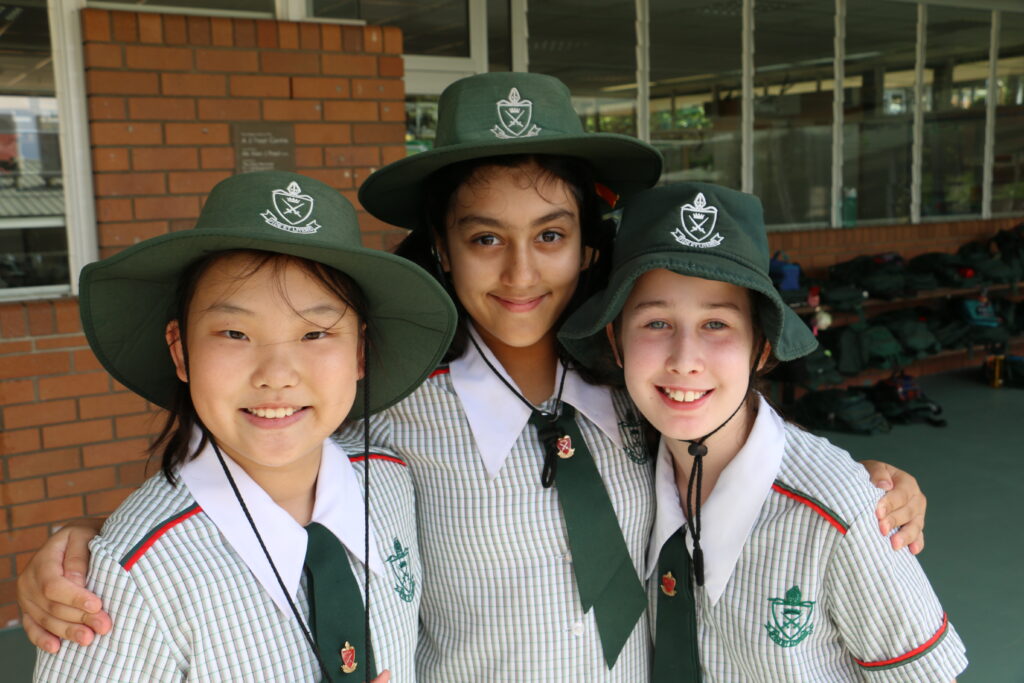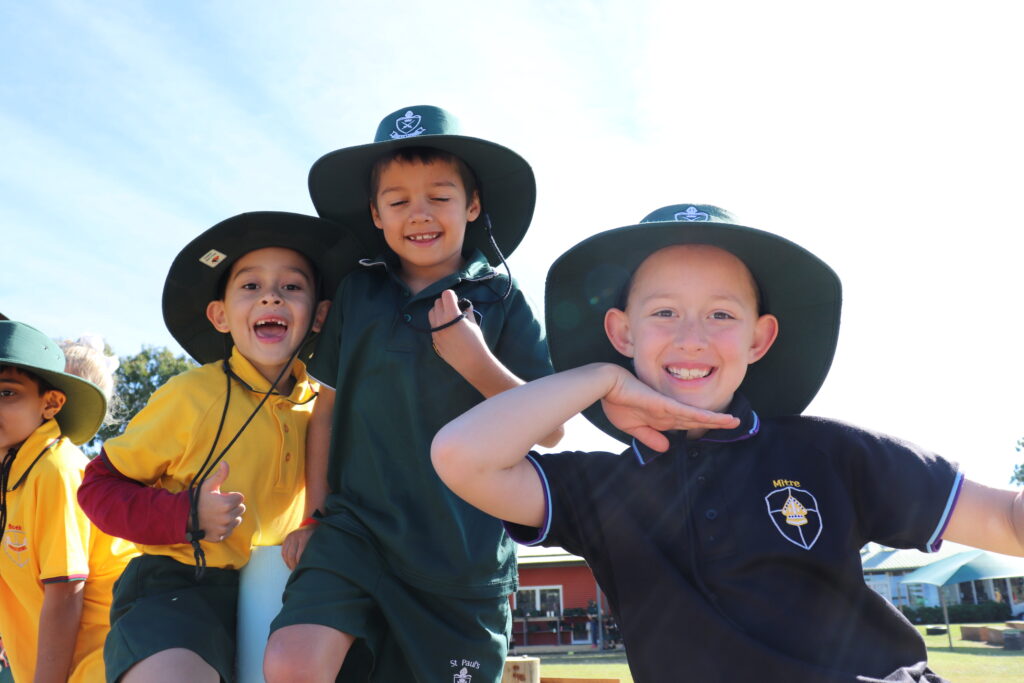
A guide to skincare for school-aged children
There are many issues parents have to navigate when it comes to their children, but one which we’re hearing discussed more often is skincare. In Australia, and Queensland in particular, exposure to the sun has meant more attention is now paid to developing healthy skincare habits earlier in life. However, it can be very complicated to decipher what is safe and effective, as well as what’s necessary and what’s a luxury.
Here’s a guide for skincare for school-aged children up to the end of primary school:
All ages – sun safety
This can be the most important skincare advice for life. Damage from the sun suffered in childhood can significantly increase the risk of skin cancer in later life[1]. The Federal Government’s SunSmart website carries excellent advice for parents and carers around five forms of skin protection for children – sensible clothing, sunscreen, a broad-brim hat, sunglasses and, the simplest of all, shade.
Different ages bring different challenges for the five forms. For instance, sunglasses and hats can be difficult for younger children to keep on. But other methods can cover for those hurdles. For instance, let young children practise applying their own sunscreen and make it fun by letting them watch in the mirror as they place sunscreen dots on their nose, cheeks, chin and the tips of their ears before they rub it in. And don’t forget the importance of parents and carers applying sunscreen – children take notice of what adults do.
Certified dermatologist, Sourab Choudhury, DO recommends choosing a physical sunscreen over a chemical sunscreen for young children with sensitive skin. Physical sunscreens sit on top of the skin and reflect the sun’s rays while chemical sunscreens absorb into the skin in order to absorb UV rays and convert them into heat before releasing them from the body[2].
You can learn more about the difference between physical and chemical sunscreens on the Piedmont.org website which provides a guide to choosing the right sunscreen for your child.
You can also learn more about our St Paul’s School Sun Protection Policy for students on our website.
Ages 5-9
Dirt and grime collect on the skin of a primary schooler, so this is the ideal age to start to step up the skincare regime. Not only are children of this age more independent, they are also becoming more aware of their bodies. A gentle facial cleanser, toner and moisturiser are in scope for this age group. They enjoy it when their parents and carers create routines, so skincare is just another one to add to the mix, along with bath time, homework and play. It could easily become part of their weekly pocket money tasks if your child proves to be less enthusiastic about the idea of keeping their skin clean.
Age 10-13
This is the “tween” age group that is the most challenging to impress, so if you have not started to talk about skincare until now – you may find it hard to convert your peer-influenced pre-teen. On the flipside, if they have friends using body products, they are more likely to get onboard. They also love products that target them. The skincare industry has plenty of products for this age group and some quick online research can help parents decide just how beneficial they may be for their children.
There are numerous soaps, cleansers, moisturisers and skincare products on the market and it can be overwhelming to find the right fit for your child. Here are a few recommendations from a certified dermatologist to make the process a little easier. Sourab Choudhury, DO recommends choosing a gentle cleanser that doesn’t contain synthetics or dyes such as Cetaphil products. He also says that children with particularly sensitive skin will need a moisturizer that includes ceramides (ingredients that mimic the skin’s own natural moisturising systems[1]) such a CeraVe which was formulated with that purpose in mind.
References
[1] Spada, F., Barnes, T. M., & Grieve, K. A. (2018). Skin hydration is significantly increased by a cream formulated to mimic the skin’s own natural moisturizing systems. Clin Cosmet Investig Dermatol, 491-497.
[1] SunSmart. (2018, January). Sun protection for babies and toddlers. Retrieved from SunSmart: https://www.sunsmart.com.au/downloads/resources/info-sheets/sun-protection-babies-toddlers-info-sheet.pdf
Green, A. C., Wallingford, S. C., & McBride, P. (2011). Childhood exposure to ultraviolet radiation and harmful skin effects: Epidemiological evidence. Prog Biophys Mol Biol, 349-355.
[2] Piedmont Healthcare. (n.d.). The difference between physical and chemical sunscreen. Retrieved from Piedmont: https://www.piedmont.org/living-better/the-difference-between-physical-and-chemical-sunscreen
Are you interested in learning more about St Paul’s School? Check out some of the links below to see why we believe it’s the right school for your child and your family.

